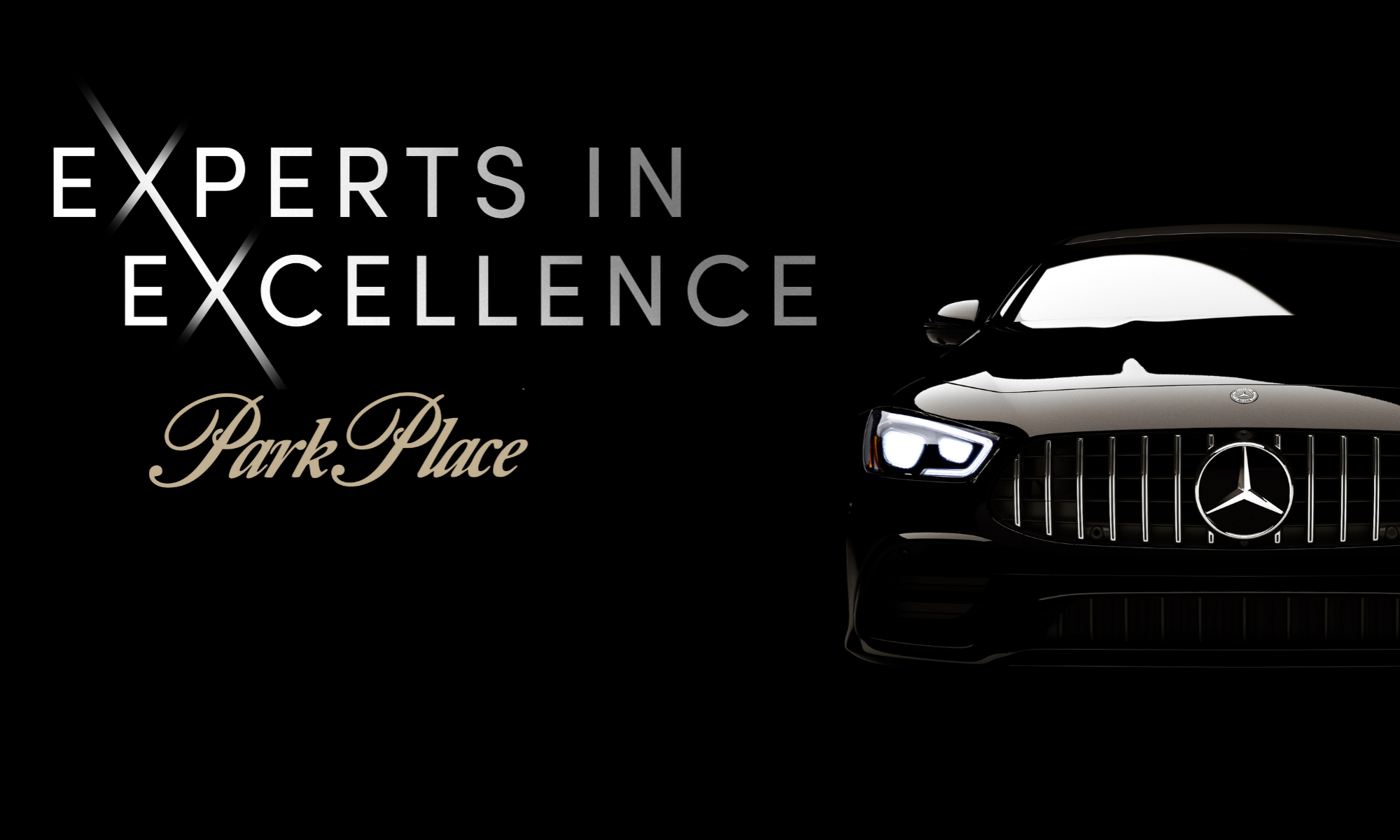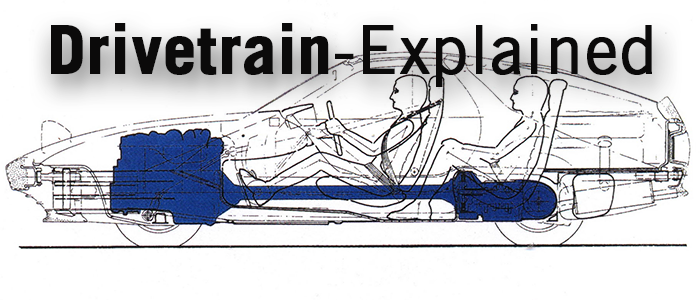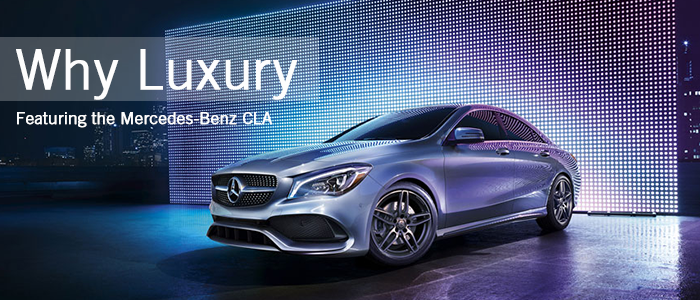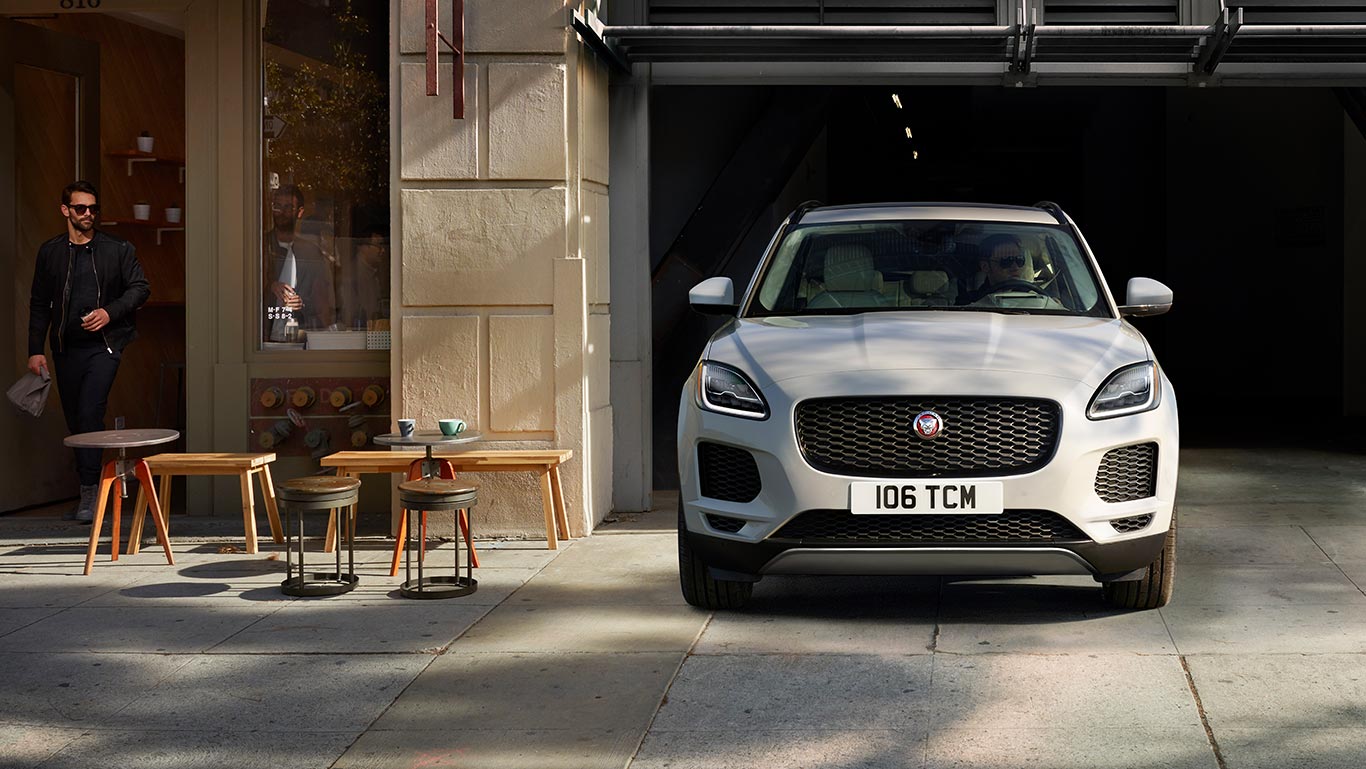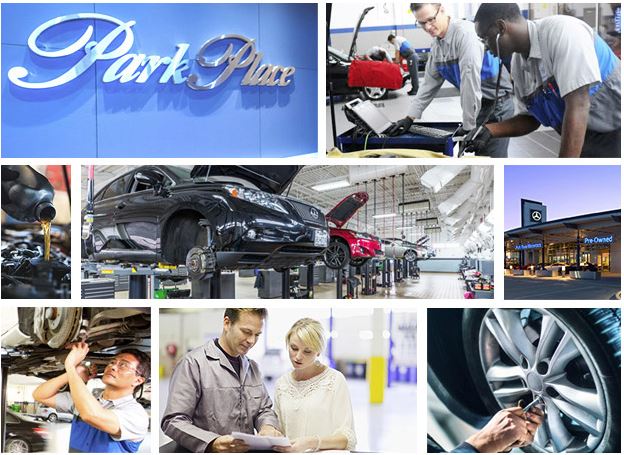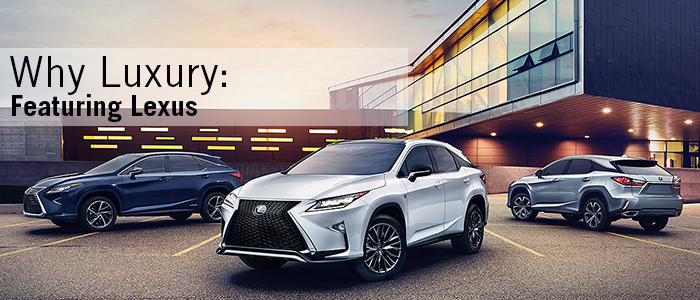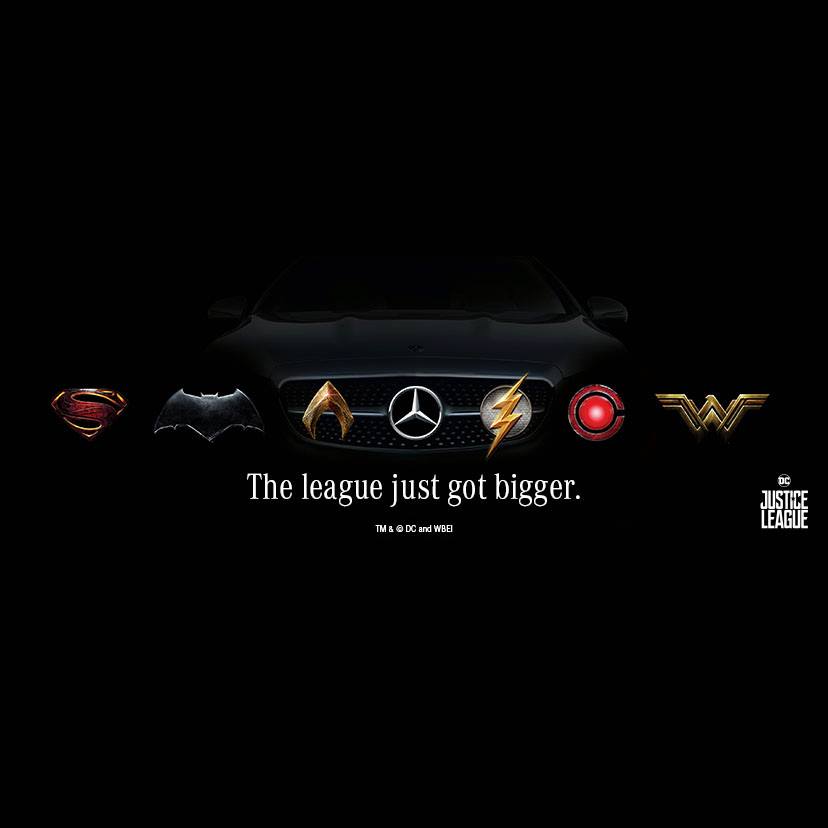We’ve explored your engine options in luxury vehicles, and even how those engines make power in our Engines 101 series, but today we are going to talk about how you get that power to the ground (aka the drivetrain). Whether you like to row through the gears, slap a paddle, or let the car do the work for you, we’ve got you covered.
Starting with the old standby, you actually won’t find many Manual transmission luxury cars these days outside of select performance models like certain Porsche coupes. If you aren’t familiar with how a manual transmission works, the concept is pretty simple, so we’ll start with a primer here.
Manual Transmission:
On a manual transmission vehicle, you’ll find a third pedal in the driver footwell that may be a little confusing until you get used to it. This is the clutch pedal which, as its name implies, engages and disengages the clutch. This means that it can disconnect the engine’s power from the transmission temporarily, in order to free the gears to shift as needed. With the clutch pedal pressed, you will simply use the shift knob in the center console to select your desired gear, then release the clutch pedal to transfer power back to the transmission. There are certainly some nuances that we didn’t cover in that process, but hopefully, you get the idea. Even if they aren’t as popular now as they once were, you will still find some automotive purists carrying the torch for a more engaged driving experience.
Automatic Transmission:
Next, in line, we have the Automatic Transmission. As technology has advanced, automatic transmissions have begun to provide better fuel efficiency, less complicated vehicle operation, and yes, in some cases even faster times than their manual counterparts.
The automatic transmission helped make motoring more inclusive than ever and it continues to be the most widely available transmission in the American market. In most cases, replacing the clutch with what is called torque converter which removes the need for the clutch pedal by automatically disconnecting engine power when the engine slows and the vehicle stops. Gear shifts are performed by the transmission itself via several automatic clutches and requires no additional input from the driver.
Paddle Shifters:
You may, however, opt for a model with paddle shifters that allows for the occasional manual-ish driving experience, and here’s where we enter a bit of a grey area. Among some high-performance models, you’ll find transmissions that blur the line between manual and automatic.
Using similar gearing designs to manual transmissions but with an electronic clutch, you’ll find a sequential gearbox like those in McLaren vehicles provide a different characteristic to driving that still allows for automatic operation, but is also excellently suited for a spirited track day where you may enjoy doing your own gear selection.
Double Clutch Transmission:
Another take on this concept brings you to the double-clutch transmission, which performs similarly to the sequential gearbox above, but with a major difference. A double-clutch transmission like the Porsche Doppelkupplung Getriebe (don’t worry, you can just call it the Porsche PDK) actually uses two clutches, disconnecting and engaging power to separate areas of the transmission simultaneously, allowing faster gear changes for the most discerning track day enthusiast.
Continuously Variable Transmission:
Lastly, at least for now, you will find some vehicles equipped with what is called a Continuously Variable Transmission(CVT). This type of transmission is most often reserved for economy focused, or hybrid, models where fuel efficiency and a smooth drive are of the utmost priority. Utilizing a strong belt and adjustable pulleys, the CVT has an almost magical ability to maintain an ideal engine speed while adjusting the transmission ratio to make the most efficient use of your engine’s power. You may be surprised by the feeling of accelerating without any noticeable “shifting”, but it’s a sensation that feels simply luxurious.
Regardless of how you choose to put your power down, Park Place is Your Place for the luxury vehicle of your dreams. Visit ParkPlace.com to start your new vehicle search.
